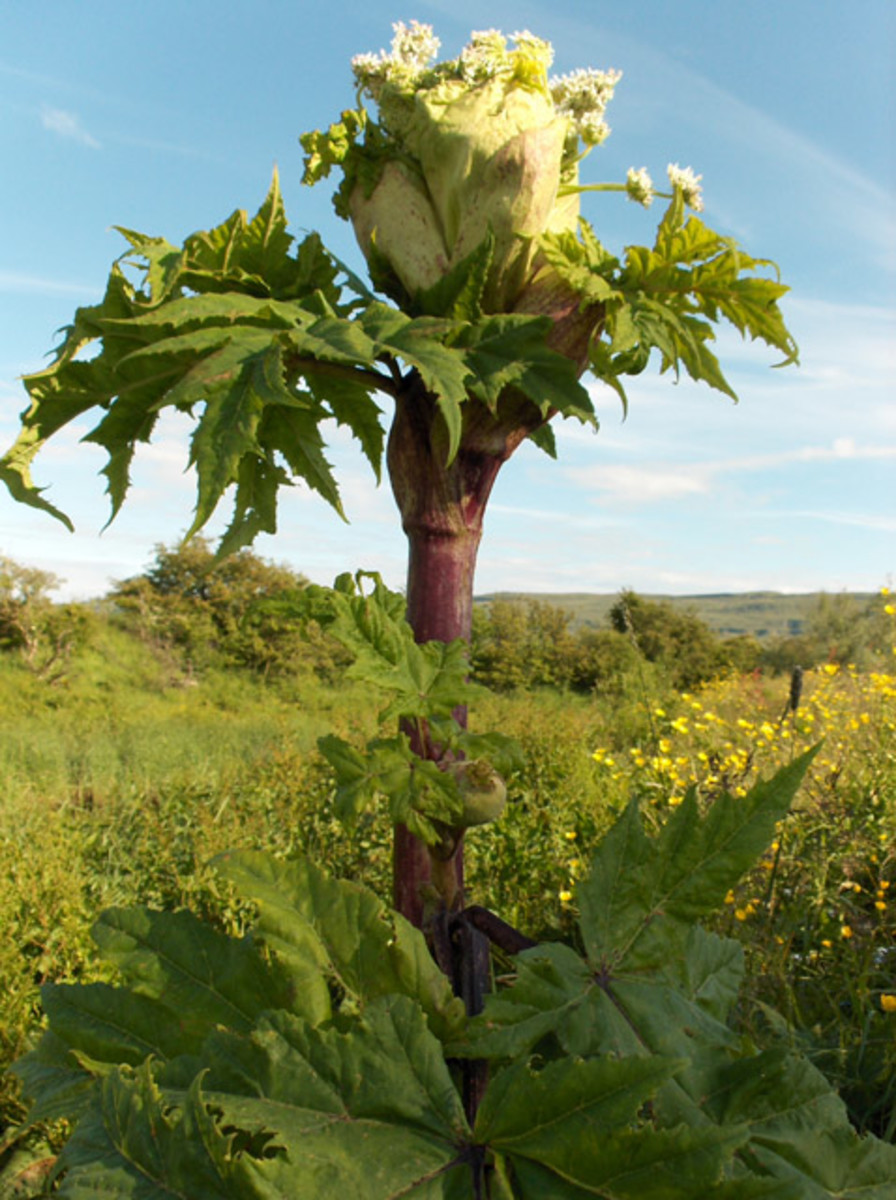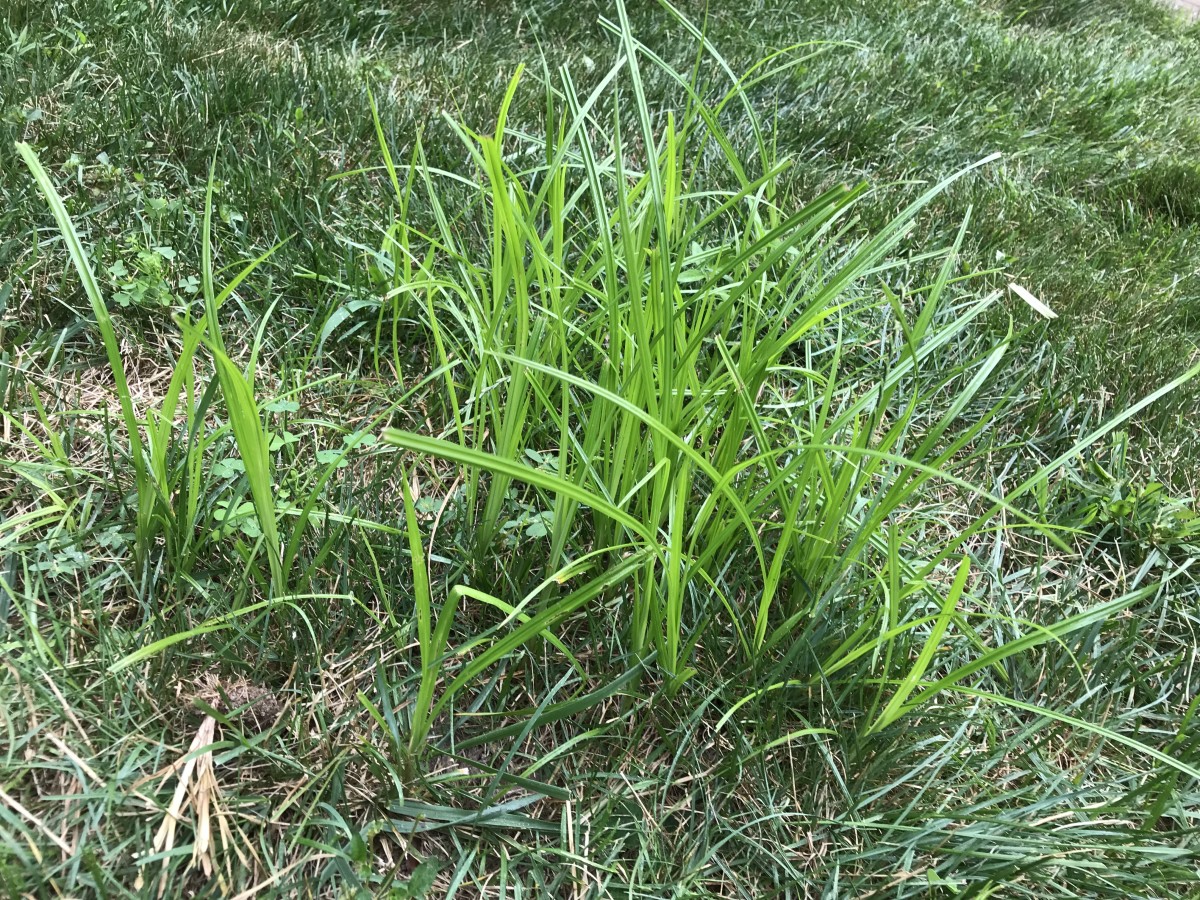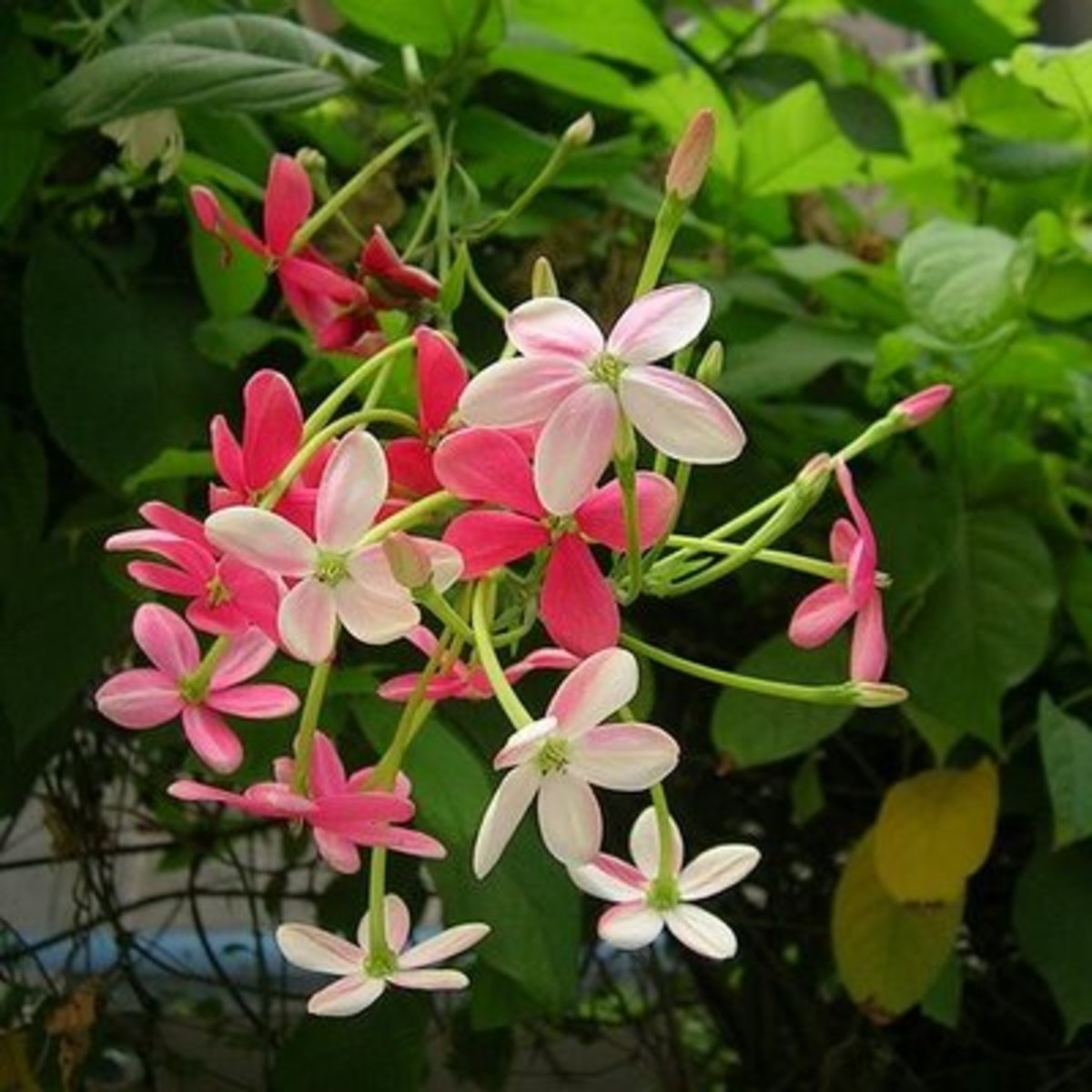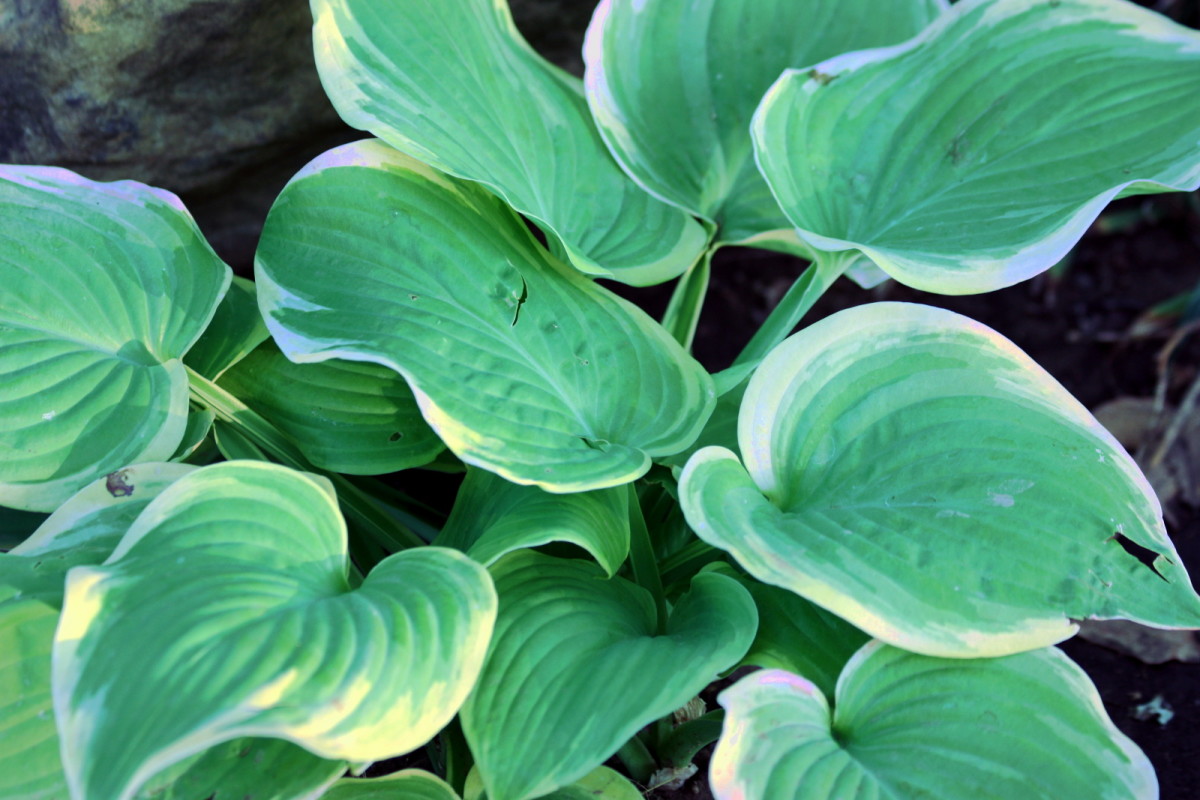Troublesome Garden Ornamentals- Tough or Invasive?
We gardeners are always looking for the “perfect plant”.
Although we all have different ideas of what this entails, depending on our space, climatic area, and location, there are some common characteristics we all look for. When choosing new plants, we ask:
- Are the blossoms and the foliage both attractive?
- Can it withstand the harsh conditions in this climate?
- Is it hardy and long-lived?
- Can it easily resist disease and pests?
- Does it need much maintenance?
- Does it suit my landscaping plans?
Perfect Plant or Pesky Problem?
Unfortunately, these are the attributes that can make plants a problem if they escape from our gardens. Once they establish themselves outside domesticity, they can take over the natural habitat and crowd out indigenous species.
Many of the plants we now see as problems were once introduced as new and attractive garden plants, looked upon as beautiful and problem-free. Others were introduced by agriculturists looking for quick growing animal fodder.
Unfortunately, until they escaped from cultivated captivity, no-one realized just how invasive they actually could be.
Rose Campion
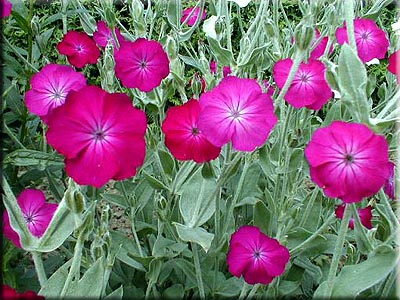
Dame's Rocket
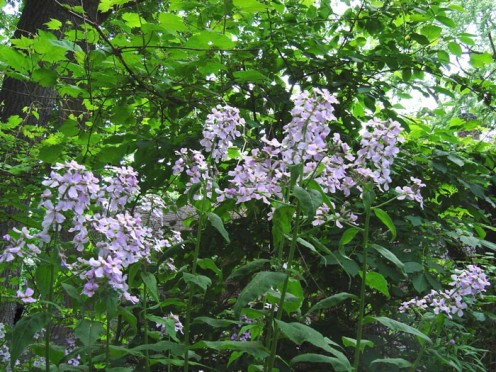
How Plants Spread
So, what should you, as a responsible gardener look for?
Avoid planting plants that self-seed prolifically, especially ones that can throw or shower their seeds indiscriminately. These pesky plants can start overwhelming space, popping up in any bare soil and giving you a really big weeding job! California poppies are a good example.
Plants can also spread underground with running roots. The running roots or rhizomes can travel horizontally and from their nodes set roots and shoot up new plants. Even a bit of the rhizome in the soil that you may have missed as you tried to eradicate one of these plants can set a new plant.
Creeping charlie and Japanese knotweed are two examples. In fact, if you see the word 'creeping' as part of a plant's common name, that usually means it has invasive tendencies.
Now that's not to say you should never plant these ornamentals. You just need to be careful where you plant them, and to remove the spent flower heads before your flowerbeds are inundated with seeds.
Himalayan Balsam
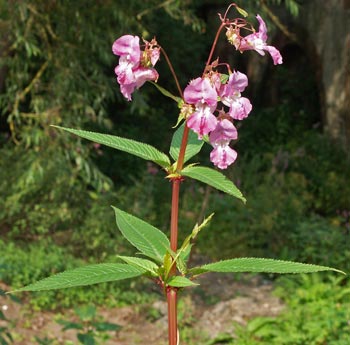
Ten Common Ornamentals to Look Out For:
- Rose Campion - Lychnis coronaria
- Spurge - Euphorbia cyparissias
- Lady's Mantle - Alchemilla lapeyrousii Buser
- Dame's Rocket - (Hesperis matronalis)
- Himalayan Balsam - (Impatiens glandulifera)
- Baby's Breath - (Gypsophila paniculata)
- Creeping bellflower - (Campanula rapunculoides)
- Maltese Cross - (Lychnis chalcedonica)
- Queen Anne's Lace - (Daucus carota)
- St. Johns Wort - (Hypericum perforatum)
Queen Anne's Lace
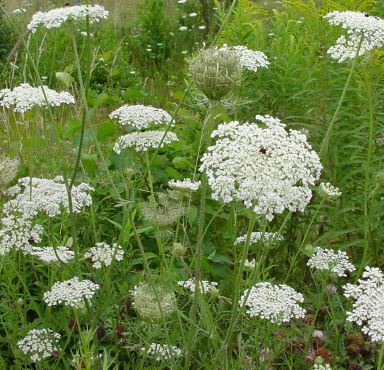
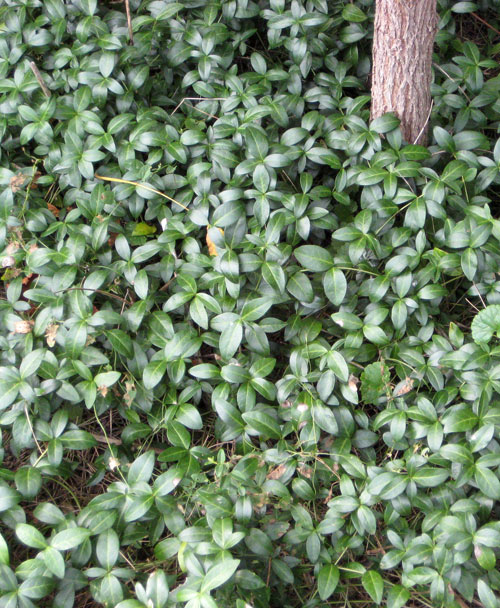
Troublesome Groundcovers
Aggressive groundcovers like variegated goutweed, ajuga, and periwinkle can also take over quickly. These plants are useful in difficult sites where it would be impossible to grow other plants. If you do choose to use them, confine them and trim them constantly so they don’t escape.
Wildflower Meadow - or Invasive Weeds?
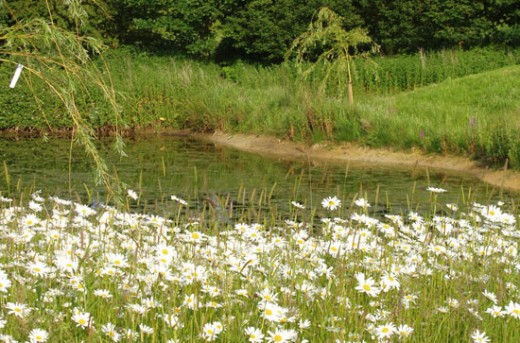
What About Wildflower Gardens?
It seems very eco-friendly to plant a 'wildflower garden'. How nice, you think to yourself. I'll just toss in these seeds and I'll have a wildflower meadow behind the house.
However these commercial seed mixes labeled as "Wildflower Mix" consist of flowering plants that are likely not indigenous to your area. Some of them can become very unwelcome and even dangerous pests.
One example is the ox-eye daisy, which quickly crowds out natural plants in pastures and is toxic to grazing cattle. Tansy is another pretty but invasive and fast-spreading plant that can take over pastureland.
Interesting Hubs for Gardeners
- Invasive Plants
Invasive plants are plants that disrupt and take over natural habitats. They may be introduced species or native ones that grow rampantly. They can be threatening anywhere, but most dangerous in wetlands,... - Alien Plant Species in the United Kingdom Invasi...
Invasive plant species have been introduced into the United Kingdom in various ways and they can have a devastating effect on native plant and animal species. So what are these invasive plant species and what effects are they having on the environmen
What Can You Do?
- Before buying, do an internet search to find out if a plant has invasive potential. Use either the common or the Latin name of the plant. You'll likely find some information in Wikipedia and whether it is hardy in your growing zone.
- Never purchase or grow ornamental invasive plants unless you know you can control them.
- Remove any invasive ornamentals from your property, and dispose of them in a landfill. Alternatively, dry them in the sun and burn them. Do not compost them.
- Don't transplant plants from ditches, vacant land & natural areas, or collect seeds for planting from these plants, unless you know what they are.
- Do not allow possibly invasive plants go to seed, unless you're prepared to deal with the consequences.
- Try to use regional native plants from an established grower. They are already suited to your environment.
- Help to prevent the introduction of invasive plants in your area, and participate in the control or removal of current infestations.


